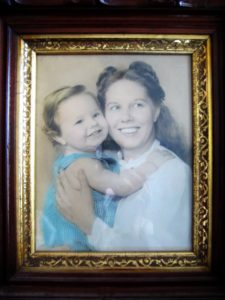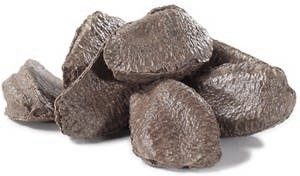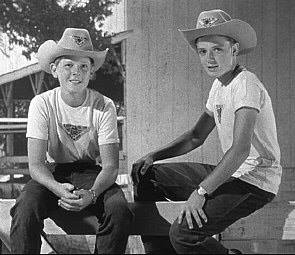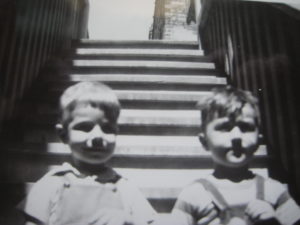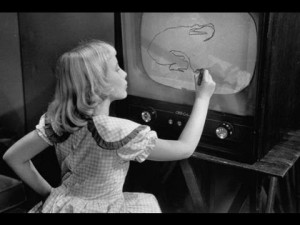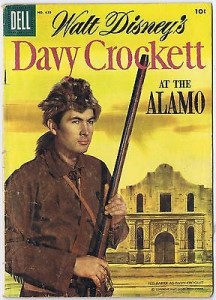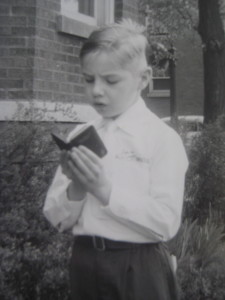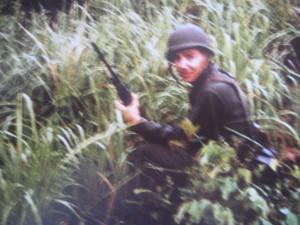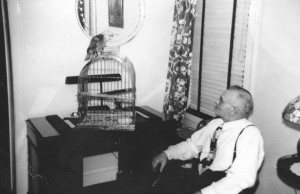There was a television show in the 1950’s, based on a movie (which I had seen), called “I Remember Mama.” It was the story of an immigrant family and their life since coming to the United States. The story was told by the daughter who aspired to be a writer and the focus was on Mama, the bulwark of the family. It was the TV show that got me started in writing about my experiences and was an influence in guiding me in the basic styles of personal writing.
As we all do, I remember my mom. She passed a long time ago, but the memory of her is deep within my heart. Mom was the mediator between my father and I (even though she sided with him most of the time). She softened the blows of his displeasure and although it was the old man’s castle, she ran it.
Although I was father’s son, I was mom’s child. I was closer to my mother than my father, not only because he worked long hours, six days a week at times, but because of his strictness and emotional distance. Dad was more the law giver and punisher, coming home and meting out disciplinary measures (usually applied to my rear end with a fraternity paddle), while mom was the diplomat always looking for peaceful solutions to matters at hand.
Mom would take me with her on the daily trips to the grocery store, meat market, variety store and, occasionally, to her lady friends homes where they would discuss neighborhood politics while I was kept busy with coloring books, milk and cookies.
When my two sisters came along, separated by two years, time with mom was shared but she always had enough love for all of us. We were clothed, fed, and repaired when broken, Having three kids kept mom busy around the house so lady friends sometimes visited her, and for us, while they chatted, it was either the television or more coloring books.
Mom would mete out discipline for minor infractions like a swift hand to the rear or perhaps temporary grounding, but the biggest fear was committing an offense that would cause her to utter those ominous words, “Just wait until your father gets home!”
Making my mother cry was the most miserable and emotionally painful experience I had as a youngster. On a few occasions, my belligerence and and backtalk caused her to shed tears. Making mom cry brought me to the lowest depths of my existence and all the “I’m sorrys” did not compensate for the miserable feeling within me. After profuse apologies and my own tears of repentance, only her hug of forgiveness could redeem my soul from self-hate in hurting her.
Mom changed my diapers (and that was way back before disposable ones), bathed me, healed my scrapes and scratches and even prayed with me. She shared her life because I was part of her and she, now, is still a part of me. There are occasions, such as Mothers Day, when her absence is more strongly felt and there have been times when I raised my eyes to heaven to talk with her.
Some believe that once you are dead, you are no longer involved in the world of the living and some believe departed souls cannot see or hear us any longer. Perhaps. As for myself, I believe that God has a special place in his heart for mothers and, especially on Mothers Day, even if He doesn’t let them see or hear us, I think He lets them know, somehow, that we are thinking of them.
